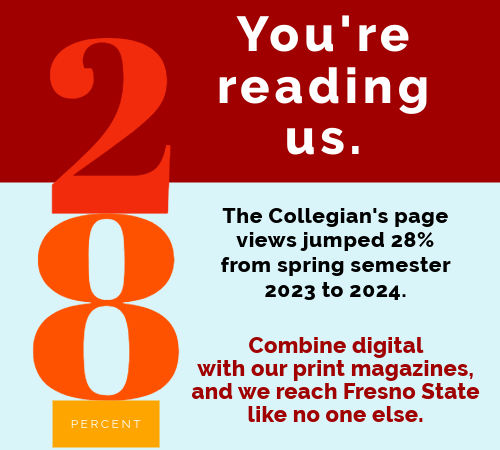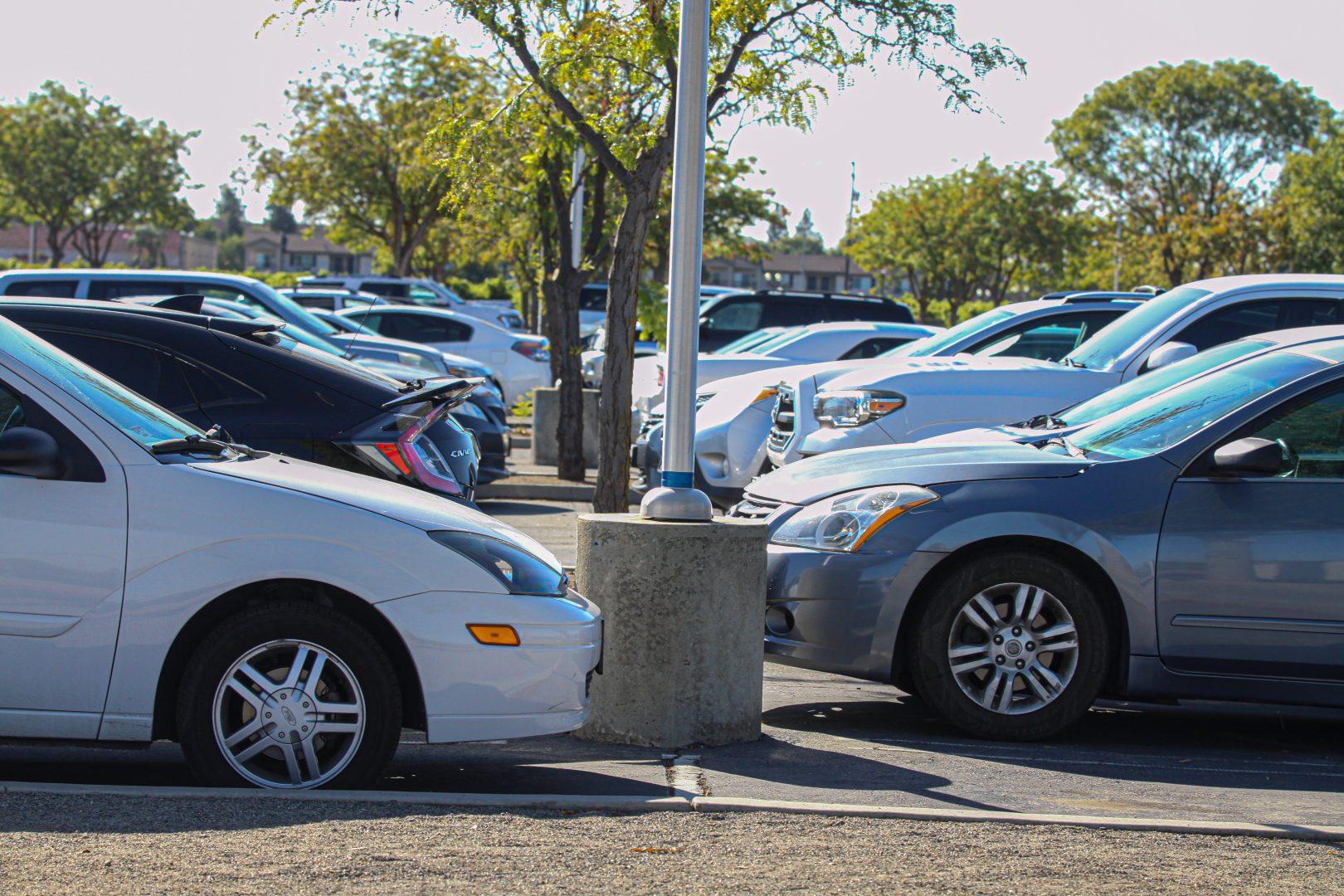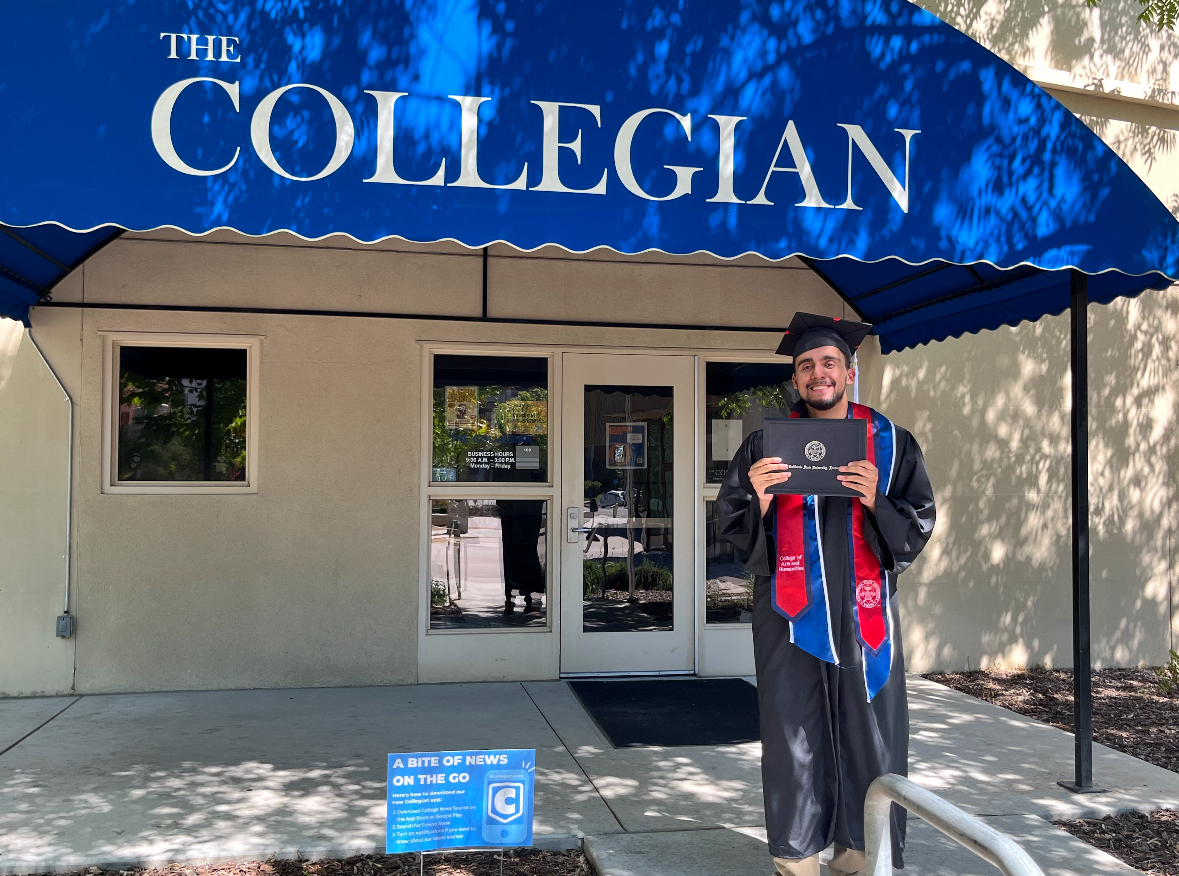Transportation has always been intrinsically tied to humanity. It is a human right and need. Whenever a new mode of transportation is invented, humanity changes.
There have been nine such changes and autonomous vehicles are poised to be the tenth change.
The automobile was initially invented because horses were viewed as unsustainable, but now, the automobile is widely seen as unsustainable.
There are six obstacles to the sustainability of the automobile which are: oil depletion, climate change, air pollution, safety, social equity and congestion.
Of these, safety in transportation, in particular automobile transportation, is not talked about nearly enough.
“Safety is a top priority,” said Bryan Chew, Caltrans District 4 Branch Chief, Utility Engineering. “Our ultimate goal is to eliminate fatalities and serious injuries.”
Over 40,000 people dying every year on American roads is a sobering number. I feel like if that aspect of sustainability in transportation were emphasized more, people would be more for electric vehicles, which have been proven to be safer, as I will discuss, and other sustainable methods of transportation.
To solve these obstacles, we have to look to the future of transportation.
The future of transportation is electric, automated, connected, coordinated and intelligent. Of these aspects, the first — electric — is already being widely implemented across the globe. Almost 80% of automobiles being sold in Norway are currently electric, and Gov. Gavin Newsom, has announced that all new vehicles in California will be electric by 2035.
The second of these, automated, is the one that is seen as the most disruptive or impactful to our daily lives. There are two types of automated vehicles, autonomous vehicles (AVs) and shared autonomous vehicles (SAVs).
AVs will be similar to the personal vehicles of today, except for the lack of a driver. These will not be very impactful on a large scale. SAVs, however, will be like autonomous taxis, and those will have a huge impact on our daily lives.
Most car buyers generally don’t think about the price of a car on a daily basis after buying it, but even then, the car is quite expensive.
The average cost of a car, factoring in variables like gas and maintenance, is $0.61 per mile. By contrast, the average projected cost of an SAV in 2070 is only $0.02 per mile, according to a study performed by Fresno State’s own Linda Lim and Aly Tawfik. If the cost of driving is only two cents per mile, everyone can afford it. Travel price is no longer a variable.
Eventually, Lim and Tawfik predict that SAVs will operate on a subscription model similar to a cell phone plan, with users paying something like $200 per month for unlimited miles.
Chew said that safety is another advantage of SAVs.
“One of the primary advantages in favor of AVs is their potential to reduce accidents caused by human error,” Chew said.
Crashes involving SAVs are projected to decrease by 90% compared to current numbers.
The effects of SAVs will be widespread. As they are autonomous, SAVs will not have to worry about reaction time, so the distance between vehicles can decrease significantly. The capacity of an average freeway would then increase by 30 percent. In theory, this would decrease congestion significantly.
Not only is congestion reduced, but another obstacle of sustainability, social equity, is also solved.
“Autonomous vehicles may also provide increased mobility for the elderly, youth, and people with mobility-inhibiting disabilities,” according to a 2018 study performed by Nicholas Chase et al.
As with any new technology, there are challenges to deal with.
“AVs are getting better, but difficult and dynamic driving environments can still be an issue,” Chew said.
Improvements in infrastructure, laws and regulations will have to be made to accommodate the influx of SAVs.
SAVs are still thirty years away from being implemented on a wide basis, but once they are, our transportation landscape will be fundamentally changed. Although there will be challenges implementing it, I think that adopting this technology will have a widespread and positive impact on the American community at large.





















